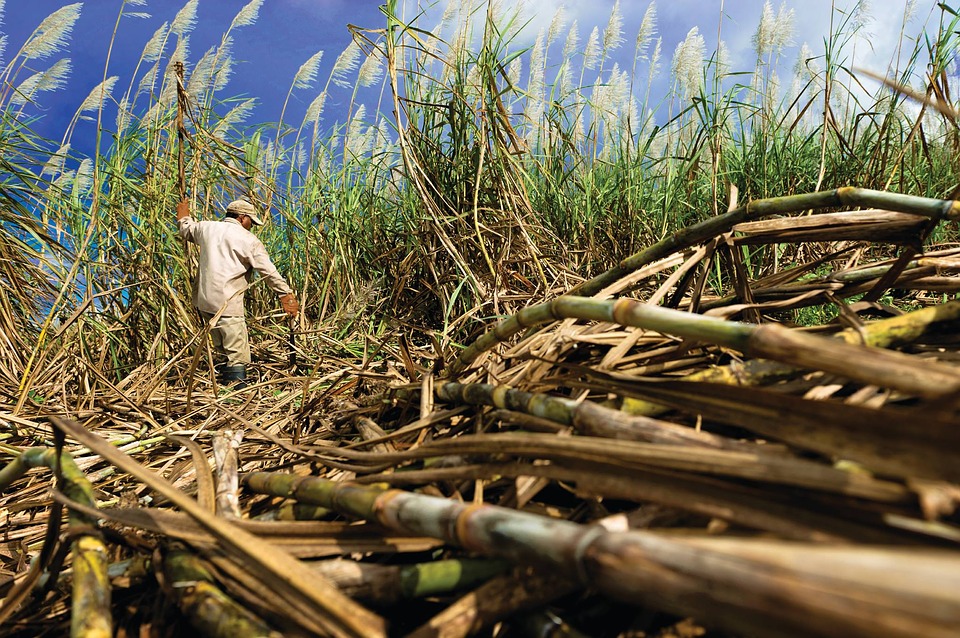The average productivity of sugarcane plantations in the center-south region of Brazil jumped 21.4% in October compared to the same period last year, with the impact of the harvest of newer crops, pointed out this Wednesday (23) bulletin from the CTC (Centro of Sugarcane Technology).
The volume of sugarcane harvested per hectare increased from 55.5 tonnes in October last year, when crops were impacted by drought and frost, to 67.3 tonnes.
“The bulletin’s data allow us to infer that the sector, unlike previous years, has been harvesting younger cane fields during the harvest, prioritizing the cutting age,” said the CTC.

In the accumulated result for the harvest started in April, the productivity of sugarcane plantations in the center-south region registered an average growth of 7.9% in this harvest, to 73.5 tons/hectare.
The highlights in terms of agricultural productivity in these seven months of the 2022/2023 harvest were São José do Rio Preto (+22.71%) and Araçatuba (+16.8%).
The more humid climate in this season, which has also favored agricultural productivity, collaborates to reduce the quality of the sugarcane, which tends to concentrate more sucrose when there is dry weather.
The quality of the raw material, accumulated from April to October, shows that most regions presented negative variations due to the better rainfall regime between the months of June and September.
“The exceptions were the states of Minas Gerais and Goiás, where no rains were observed and, consequently, the accumulation of sucrose was higher”, said the CTC.
Agricultural productivity helped increase crushing in the center-south in the second half of October. Sugar production in the period reached 2.11 million tons, up 145.43% in the annual comparison, with more units in operation compared to the last harvest, which ended earlier for many mills because of the drought.
With information from Forbes

